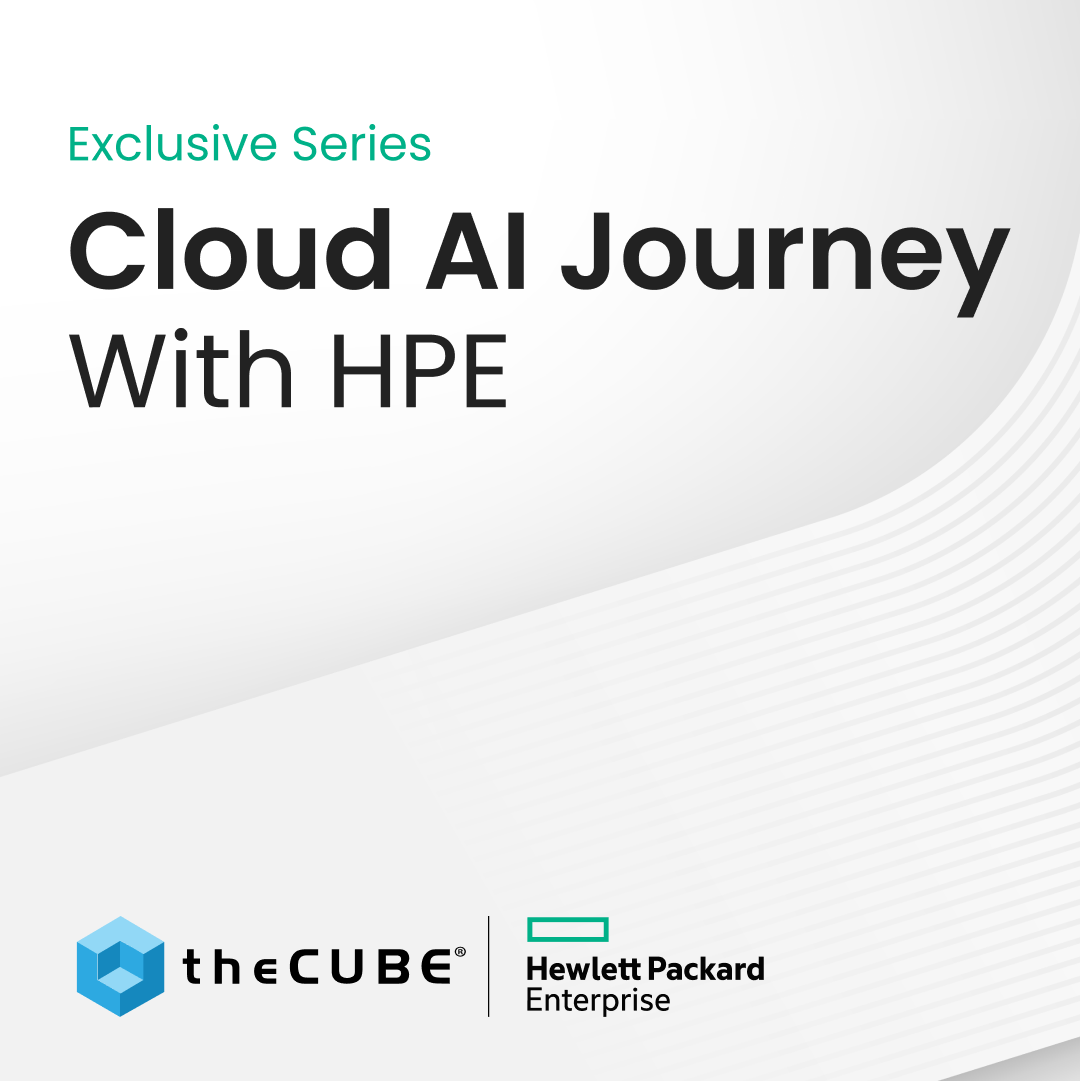X-IO’s Storage Wins “Best Hardware” at TechEd 2012
![]() Solid state storage gets a lot of attention these days, but when looking at the market, there are a lot of hybrid systems out there for consideration. By its very nature, “hybrid” storage implies that there is both solid state and rotational storage in the box. In these systems, the solid state storage is used as either a cache or as a performance-enhanced tier while the rotational storage, due to its great capacity, is used as a pure storage layer.
Solid state storage gets a lot of attention these days, but when looking at the market, there are a lot of hybrid systems out there for consideration. By its very nature, “hybrid” storage implies that there is both solid state and rotational storage in the box. In these systems, the solid state storage is used as either a cache or as a performance-enhanced tier while the rotational storage, due to its great capacity, is used as a pure storage layer.
Even though pure solid state and hybrid systems tend to capture most of the news pixels, pure rotational arrays remain critically important to many companies. In fact, when used correctly, rotational storage can still crank out the IOPS will providing plenty of capacity.
At TechEd 2012, one of the vendors that I spoke with was X-IO, the company formerly known as XIOtech. X-IO has created a storage array that carries with it some unique characteristics:
- No full-fledged SSD. First, I want to make it clear that X-IO does manufacture and sell a hybrid storage array, but that’s not the unit I’m discussing for this article. The unit under discussion here uses traditional rotational storage with some cache. So, it is very much a traditional array.
- A specifically-designed drive cage. X-IO has crafted a carrier for the array’s hard drives that all but eliminates the vibration that is common in most arrays. According to the company, this design also prevents most perceived errors that take place as a result of vibration and enables the company to push the drives beyond normal limits.
- Replacement drive firmware. X-IO doesn’t use the stock firmware on the Seagate drives used in their arrays. The firmware on these drives is custom-written by X-IO in order to unlock the full potential of these drives.
- Granular failure options. When a drive “goes bad,” in reality, most of the drive is probably just fine. Perhaps a single platter is having an issue, for example. In cases such as this, X-IO can simply remove that platter from operation, leaving the remainder of the drive intact and operational.
I’ve been watching X-IO for a long time and, in a previous life, was also a very satisfied customer. At TechEd 2012, X-IO is demonstrating a system that achieves well over 100,000 IOPS and more than 15 GB of sustained throughput. The system being demonstrated fits in a single rack and sports the following:
1![]() 0 ISE-2 Storage Systems (powered by only 700 watts per 3U box)
0 ISE-2 Storage Systems (powered by only 700 watts per 3U box)
- Microsoft Windows Server 2012 incorporating the upgraded SMB v3
- X-IO X-volume software
- Current generation standard servers (HP DL380p G8 & DL360 G7)
- Infiniband adapters and switches
- Two QLogic 5800 8GB fibre channel switches and six Qlogic QLA2564 quad-port host bus adaptors
As you can see from the screenshot below, this configuring is pushing more than 15 GB of throughput and more than 124,000 IOPS. Yes, there is some cache, but remember, this configuration is using rotating disks. These drives are of the 10K RPM![]() variety, too. Company representatives indicate that, by combining these drives with X-IO’s customized firmware and specially designed drive cage, they can push 300 to 400 IOPS per drive. That’s impressive no mater how you look at it.
variety, too. Company representatives indicate that, by combining these drives with X-IO’s customized firmware and specially designed drive cage, they can push 300 to 400 IOPS per drive. That’s impressive no mater how you look at it.
Note that X-IO won their best of TechEd 2012 award for their “Hyper ISE” product, which is the company’s hybrid array. That said, the rotational storage array is certainly no slouch! (A previous version of this article indicated that the award was for the rotational product.)
Another item of note about X-IO’s hardware is the fact that it comes with a 5-year warranty. That means that X-IO is not receiving ongoing maintenance dollars. So, they need to keep support costs low. I’ve discussed X-IO with a lot of existing customers and they have a great reputation for having no or few problems, so they are able to stand behind their products.
Summary
I’m surprised that X-IO has not yet been acquired by a bigger player, but in the good news front for both the company and their customers, X-IO recently had its first profitable quarter. They’ve also relatively recently hired a new CEO that has been able to bring the company’s cost structure under control and ensure success.
A message from John Furrier, co-founder of SiliconANGLE:
Your vote of support is important to us and it helps us keep the content FREE.
One click below supports our mission to provide free, deep, and relevant content.
Join our community on YouTube
Join the community that includes more than 15,000 #CubeAlumni experts, including Amazon.com CEO Andy Jassy, Dell Technologies founder and CEO Michael Dell, Intel CEO Pat Gelsinger, and many more luminaries and experts.
THANK YOU















